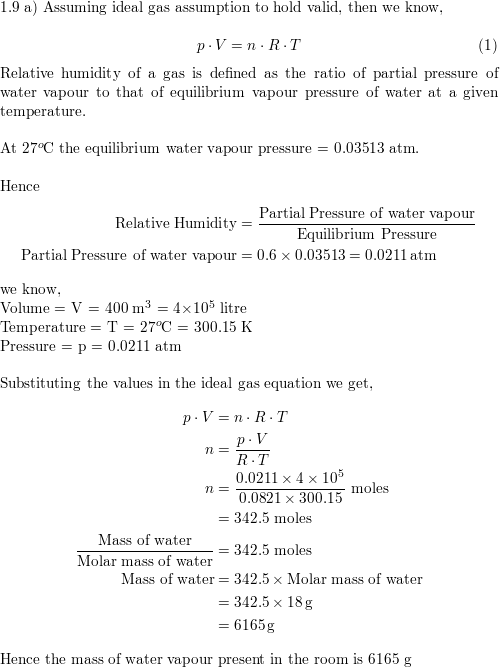

“It’s a great result,” Lydia Bieri, a mathematician and general relativity expert at the University of Michigan, said about the March 2022 paper, “and a culmination of intricate mathematical investigations over several years.” Indeed, the development of these facets of general relativity took not just years but many decades. With such a definition, observers can, in principle, take measurements of ripples in space-time generated by a rotating object and calculate the exact amount of angular momentum carried away from the object by these ripples, which are known as gravitational waves. And this spring, those authors and a fourth collaborator published the first-ever, long-sought definition of angular momentum that is “supertranslation invariant,” meaning it does not depend on where an observer is located or what coordinate system he or she chooses. In 2015, it enabled them and a collaborator to define quasilocal angular momentum. In 2008, the mathematicians Mu-Tao Wang of Columbia University and Shing-Tung Yau, now a professor at Tsinghua University in China and an emeritus professor at Harvard University, advanced a definition of quasilocal mass that has proved particularly fruitful. The mass enclosed within any individual region - as measured from the surface of that region, where gravity and space-time curvature might be very strong - is called “quasilocal mass.” Say, for instance, that they are studying two black holes that are in the process of merging, and they want to determine the mass of each individual black hole prior to the merger, as opposed to that of the system as a whole.


The physicists Richard Arnowitt, Stanley Deser, and Charles Misner defined the mass of an isolated object, such as a black hole, as viewed from almost infinitely far away, where space-time is almost flat and the object’s gravitational influence approaches zero.Īlthough this way of calculating mass (known after its authors as “ADM mass”) has proved useful, it doesn’t allow physicists to quantify the mass within a finite region. It was not until the late 1950s and early 1960s that the first rigorous definition was proposed. Moreover, one cannot define momentum or angular momentum without first having a firm grip on mass.Įinstein recognized the challenges involved in quantifying mass and never fully spelled out what mass is or how it can be measured. Matter and energy curve the space-time continuum, but this curvature becomes a source of energy itself, which can cause additional curvature - a phenomenon sometimes referred to as the “gravity of gravity.” And there is no way to separate an object’s intrinsic mass from the extra energy that comes from this nonlinear effect. Some of the difficulties stem from a feedback loop that is built into general relativity. Angular momentum - a measure of an object’s rotational motion in space-time - is an even harder to define concept. It might be surprising to hear, then, that general relativity is still a work in progress.Įven though the equations Einstein introduced in 1915 concern the curvature induced by massive objects, the theory does not offer a simple or standard way of determining what the mass of an object is.

The theory has achieved stunning triumphs - from the confirmation in 1919 that light bends in the sun’s gravitational field to 2019 observations that revealed the silhouette of a black hole. General relativity has transformed our understanding of gravity, depicting it not as an attractive force between massive objects, as had long been held, but rather as a consequence of the way space and time curve in the presence of mass and energy. More than a century after Albert Einstein unveiled general relativity, his epic theory of gravity has passed every experimental test to which it has been subjected.


 0 kommentar(er)
0 kommentar(er)
